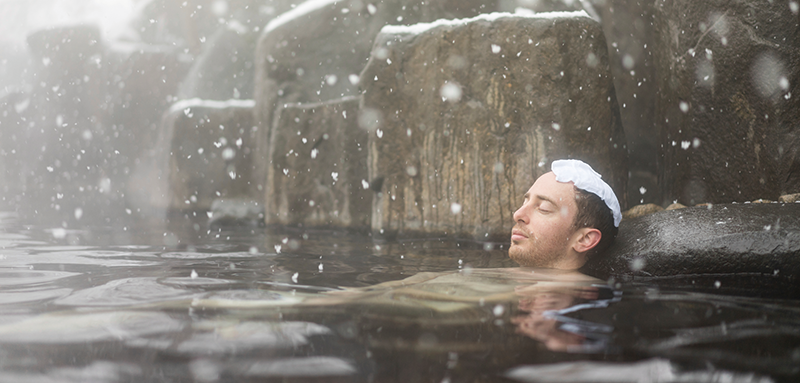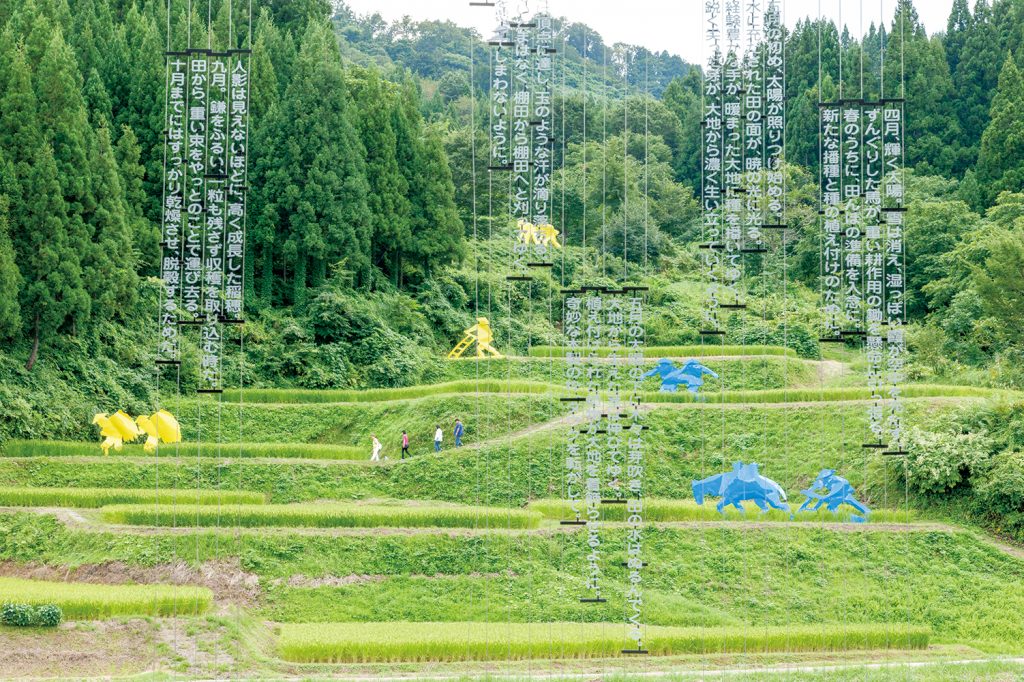
Immerse yourself in the beauty of YUKIGUNI on this 1-day itinerary that takes you to the contemporary art in harmony with nature.
Tour Highlight
- Explore Art in Nature: Just 70 minutes from Tokyo, Echigo-Yuzawa offers a unique blend of contemporary art and breathtaking natural landscapes, featuring works by world-renowned artists.
- Cultural Highlights: Discover iconic spots like the Forest School Kyororo by Tezuka Architects, and the Matsudai Agricultural Stage, where you can savor YUKIGUNI gourmet cuisine.
- Light and Shadows: Visit James Turrell’s Hikari no Yakata, inspired by Junichiro Tanizaki’s In Praise of Shadows, and immerse yourself in Leandro Erlich’s stunning large-scale works at the Echigo-Tsumari Museum.
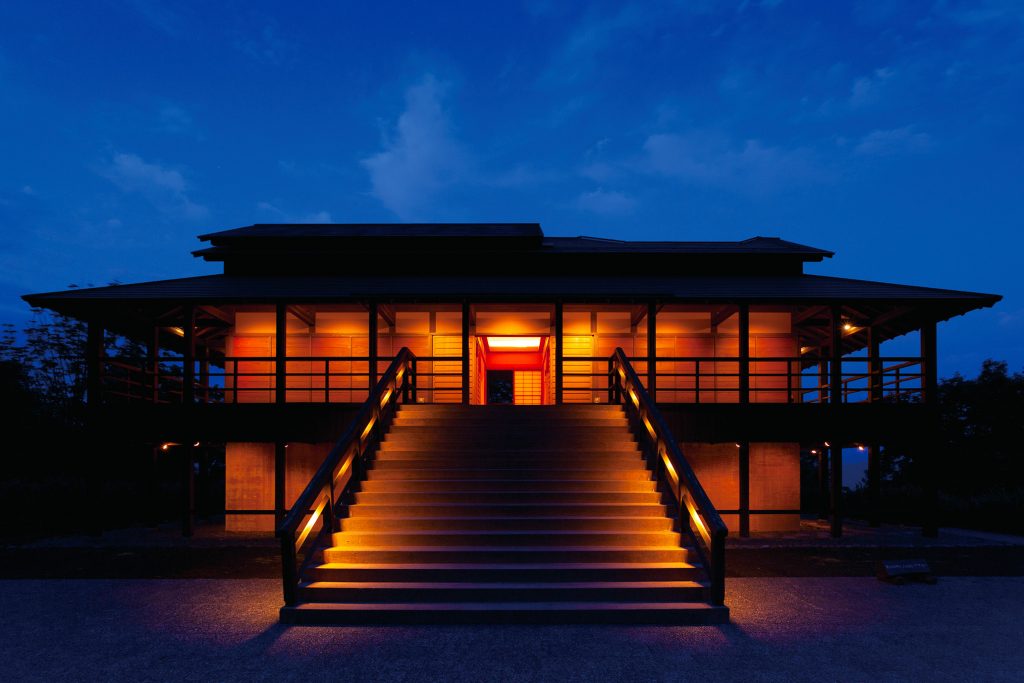
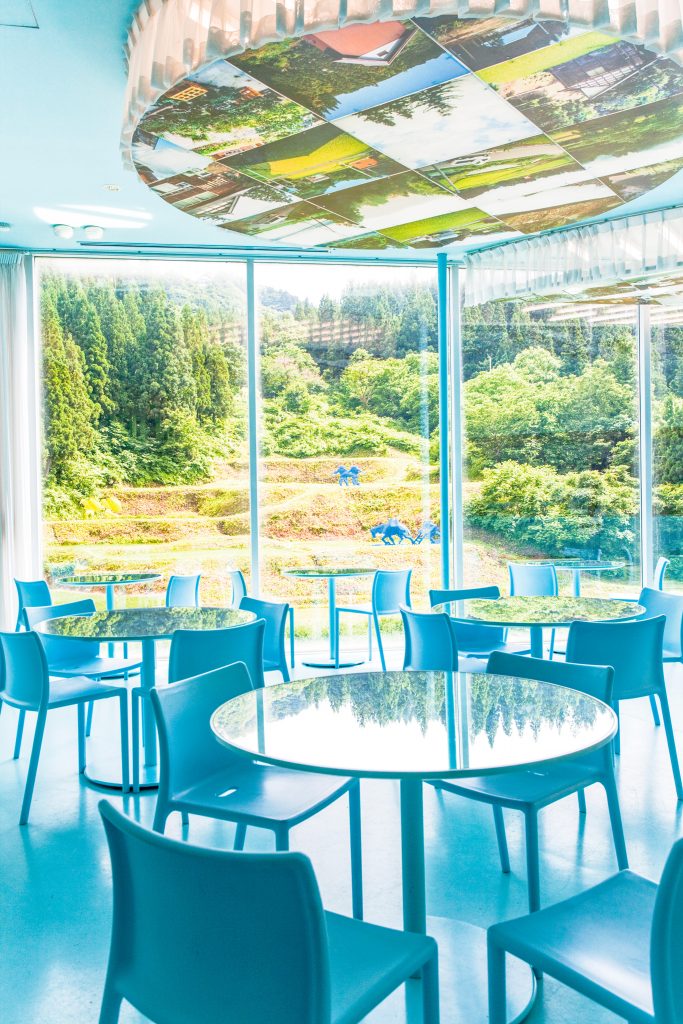
Explore the Echigo-Tsumari Art Field: Art, Nature, and Culture in Harmony
Discover 160 unique artworks spread across 200 villages in the Echigo-Tsumari Art Field. Wander through rice fields, forests, and satoyama landscapes to experience art that revives forgotten memories and deepens connections with nature and culture. This immersive journey awakens your senses and celebrates the richness of rural life.
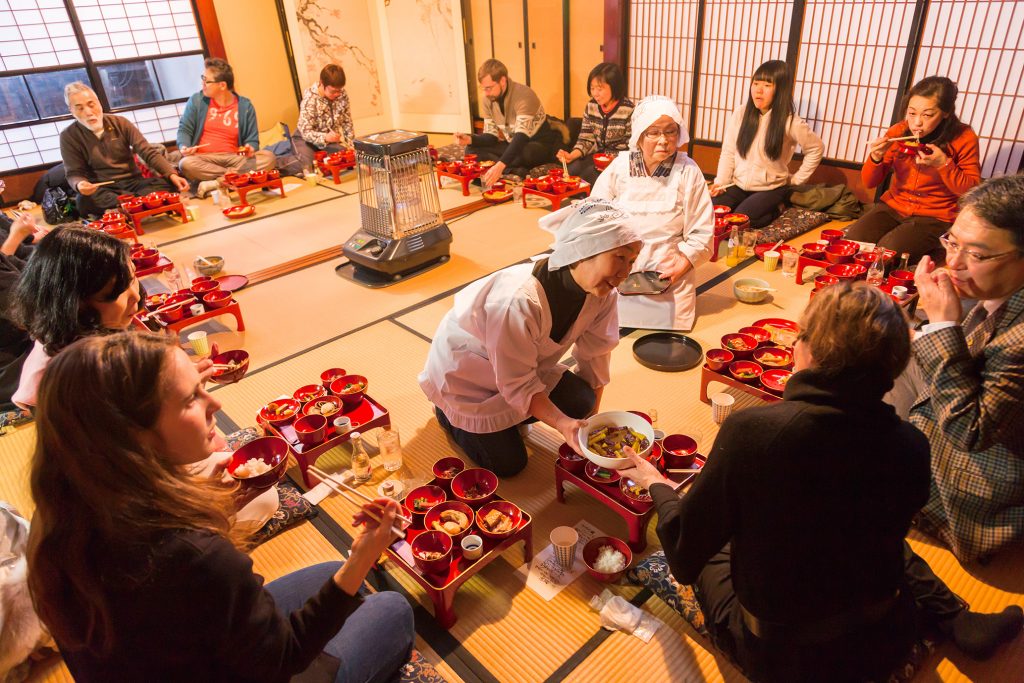
Echigo-Tsumari: A Model for Art, Nature, and Community Connection
Echigo-Tsumari embraces “Human beings as part of nature,” blending art and rural life to inspire global reflection on coexistence. Artists and volunteers collaborate with locals, bridging generations and creating a “new hometown.” This innovative approach to regional development is transforming Echigo-Tsumari into a beacon of creativity and cultural revival.
TOUR INFORMATION
Discover YUKIGUNI’s unique fusion of contemporary art and serene satoyama landscapes, featuring world-renowned artists and immersive cultural experiences.
Embark on a one-day journey through YUKIGUNI, where contemporary art seamlessly merges with the serene beauty of Japan’s satoyama landscapes. Echigo-Tsumari offers a rare experience shaped by world-renowned artists and the peaceful charm of rural Japan.
Start your adventure at Forest School Kyororo, a museum dedicated to the region’s natural environment. Designed by Tezuka Architects, its striking rusty steel structure is a masterpiece of contemporary art, perfectly blending into the lush surroundings.
Next, visit the Matsudai Agricultural Stage, a centerpiece of the Echigo-Tsumari Art Field. Designed by French artist Jean-Luc Vilmouth, this venue brings together tradition and modernity. Recharge with a flavorful YUKIGUNI A-class gourmet lunch at the Satoyama Restaurant, where the essence of local cuisine shines.
Continue to Hikari no Yakata, an extraordinary art installation by James Turrell. Inspired by Junichiro Tanizaki’s In Praise of Shadows, this space transforms light into a deeply immersive experience.
Wrap up your journey at the Echigo-Tsumari Satoyama Museum of Contemporary Art, featuring stunning works by Leandro Erlich and a collection that celebrates the spirit of satoyama.
This tour is your perfect escape to discover the harmonious fusion of art and nature in the heart of YUKIGUNI.
Itinerary
10:00 Meet at Echigo Yuzawa Station→Forest School Kyororo→Matsudai Agricultural Stage→Satoyama Shokudo→Hikari no Yakata→Echigo Tsumari Satoyama Museum of Contemporary Art→Arrive at Echigo Yuzawa Station 17:30
Price
14,800 YEN per person
| Best Time of Year | Spring ~Autumn |
| Ideal no. of People | 2~27 |
| Booking Deadline | 1 day before |
| Mode of Transport | Designated Bus |
| Cancellation Charge | 3 days prior 30% day before 40% day of 50% no contact 100% |
Contact Us
Feel free to reach out and let’s start planning your perfect escape!
Step 1: Get in Touch
Wondering where to stay or what unique tours to try? Just drop us a message! We’re here to answer any questions and help you feel at ease.
Step 2: Let’s Plan Together
We’ll chat about your style, budget, and travel dates to create a personalized itinerary that’s perfect for you.
Step 3: Confirm & Explore
Once you love the plan, we’ll finalize the details. Then, all that’s left is to set off on an unforgettable Snow Country adventure customized just for you!

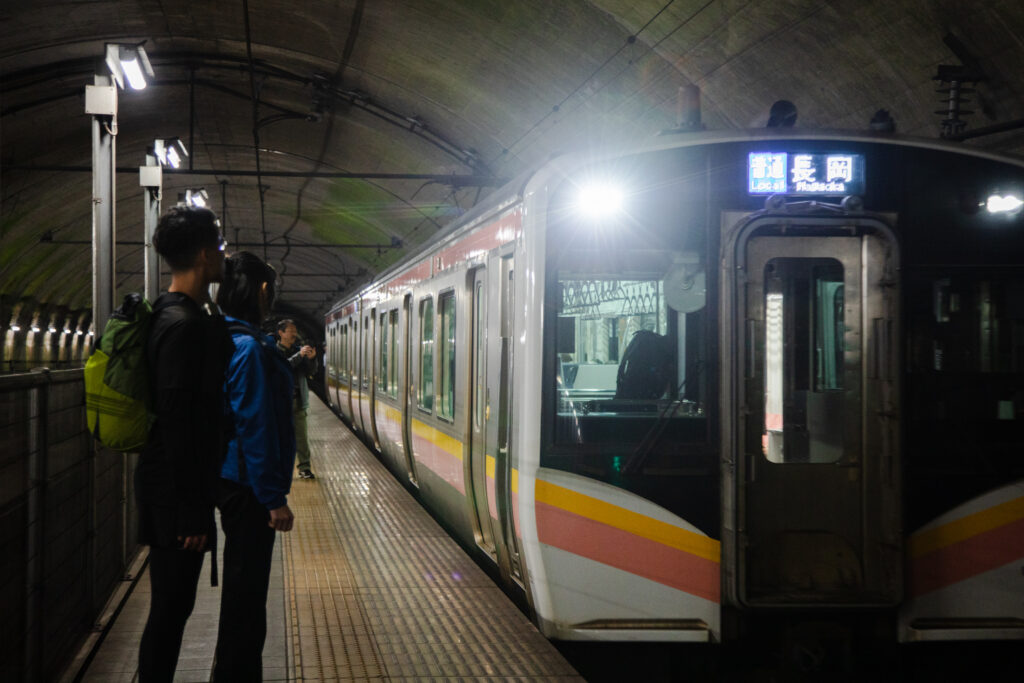
-1024x626-2.jpg)
